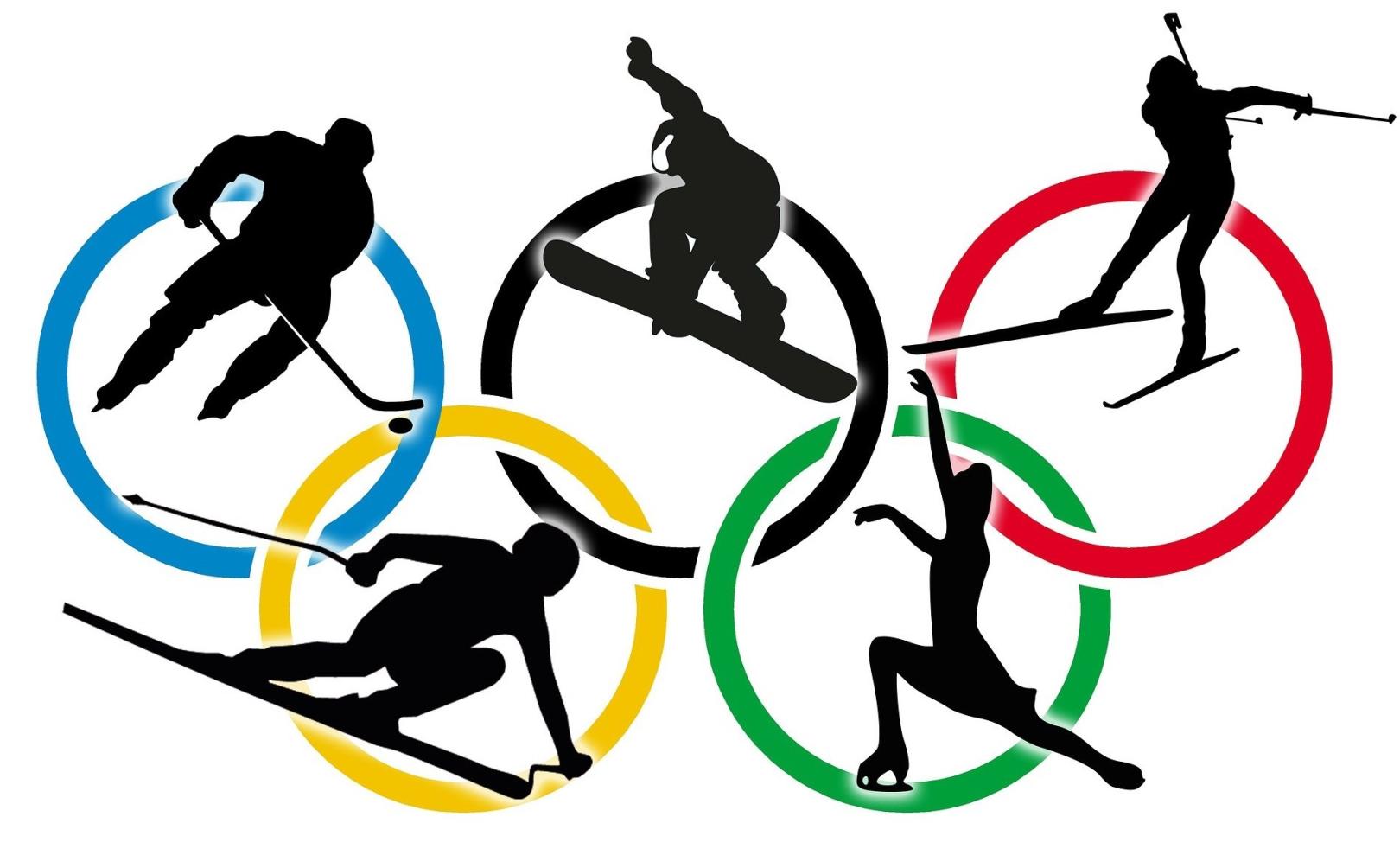
Date:
As we marvel at the incredible athletes at the Winter Olympics, it’s always fascinating to look at the science and technology behind their performances. For me, my interest in the techniques of winter sports ironically started with a computer game—the Winter Games sports simulation that I played as a kid (back in the 1980s on my family’s Apple IIe computer!). Luckily, today The Franklin Institute’s SportsZone exhibit is an even better jumping-off point to explore how sports connect the science of the human body, laws of motion, and technical innovation and put your own skills to the test.
Getting ready for competition requires both physical and mental preparation. Olympians come in all shapes and sizes! The physics of different sports favor different body types. For instance, shorter height can help figure skaters jump higher, while taller, heavier athletes in sliding sports like luge and skeleton benefit from higher acceleration due to gravity. But success also takes mental strength, grit, and of course, lots of practice. In SportsZone, you can race six-time Paralympian Tatyana McFadden. Born with spina bifida and after spending her early years in a Russian orphanage using only her hands to walk, McFadden pushed herself in sports to build up her health and went on to win Paralympic medals in both Nordic skiing and track & field.
Many sports have specialized equipment that contributes to an athlete’s performance. For example, the shaped “parabolic” skis we see today in alpine skiing, with curves cut into the sides, became popular in the 1990s. In SportsZone, try experimenting with shaped vs. straight skis to see how the curves can make it easier to make tight turns. You can also see how an ice hockey stick is precisely tailored to a specific level of flexibility. A stiffer stick can improve speed and accuracy, but the player must be strong enough to bend it. However, as technological innovation in materials and design improves performance, each sport must also adapt to maintain fairness and safety. The monobob event, new to the Olympics this year, levels the playing field by requiring everyone to use the same sled. Customized luge sleds are more streamlined and faster than ever, but tracks are being designed to slow athletes down and reduce the likelihood of serious crashes and head injuries.
Along with preparing body and mind and getting the most advanced gear, Olympic athletes reach elite levels through the strength and precision of their technique and movement—it’s all about the physics of motion. Figure skater Kamila Valieva just made history in Beijing as the first woman in Olympic competition to land a quadruple jump, a feat that requires precise calibration to balance your body’s center of mass directly over your foot on the ice. Wondering how that works? Test your own balance on a surfboard in SportsZone. Meanwhile the gravity-defying grabs, flips, and twists of freestyle snowboarders and skiers combine multiple principles of physics, including energy transfer, angular momentum, and torque. Head down the hall to Sir Isaac’s Loft to experiment with those!
For all the advanced science and technology in sports, sometimes athletes still need to innovate on the fly. When 2014 Olympic bronze medalist Erin Hamlin donated her luge helmet for display in SportsZone, we noticed a penny taped to the front. Something for good luck, perhaps? Nope. While sliding at 90 miles per hour, the wind would often blow her face shield out of its optimal position. To hold it in place, just a simple penny and clear tape did the trick.


